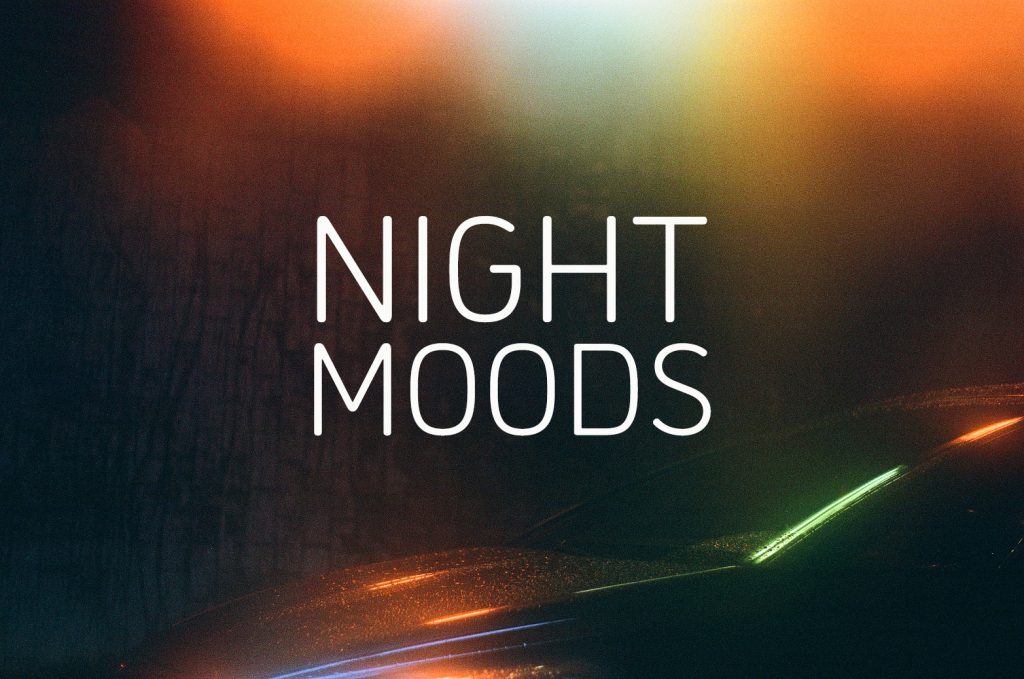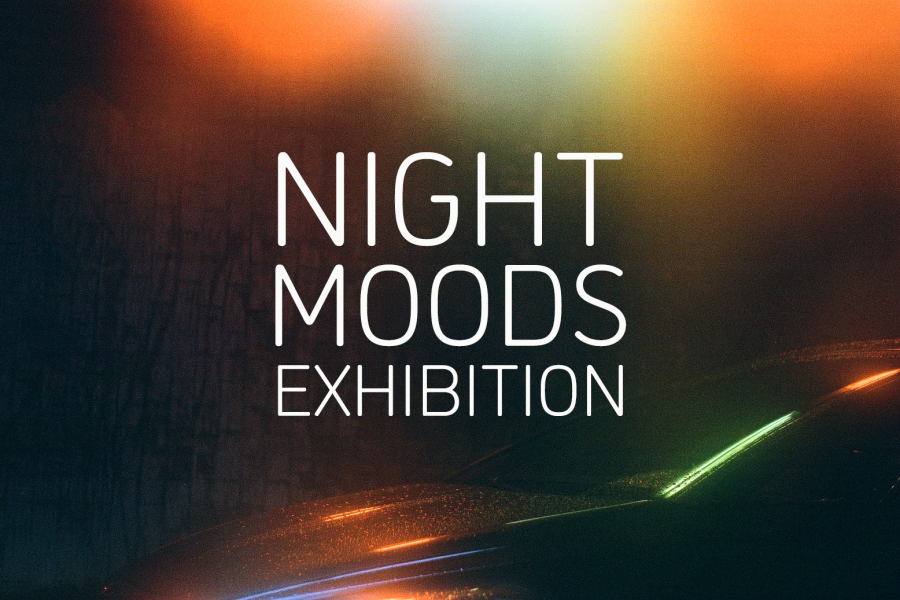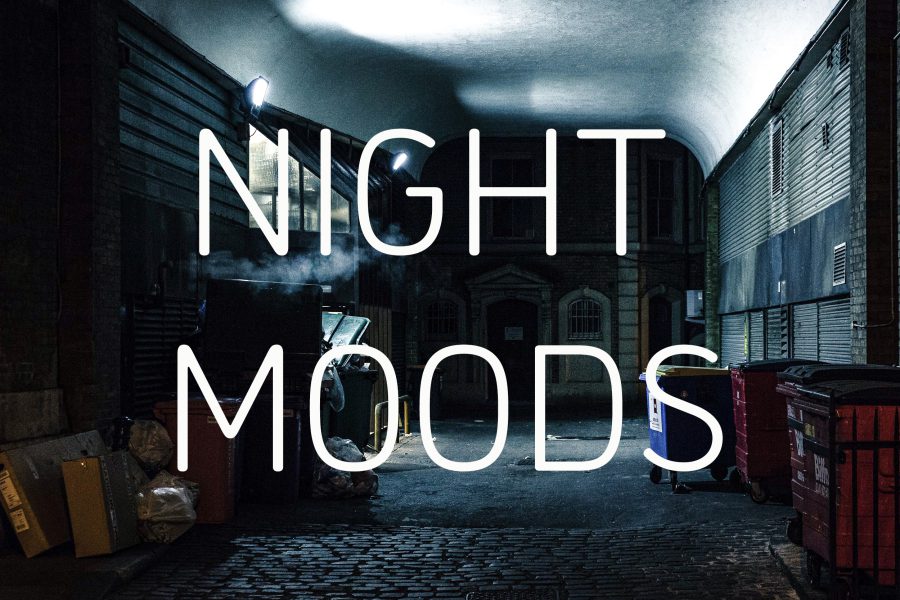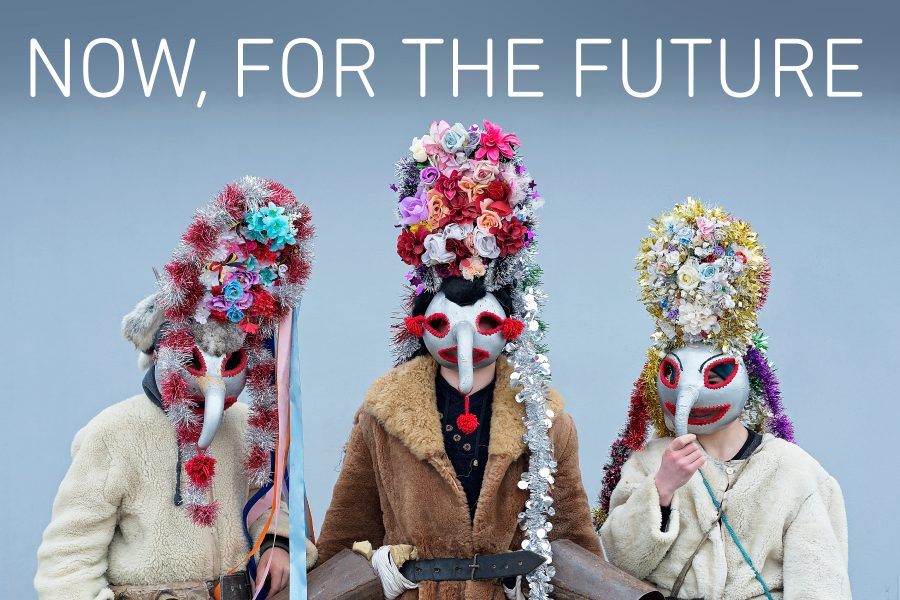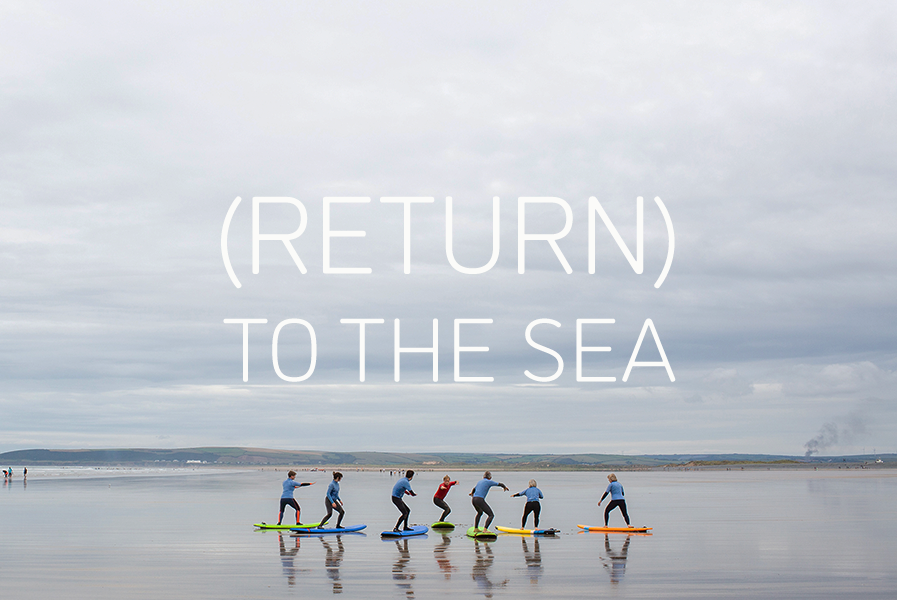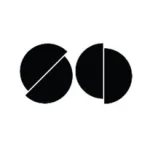Shutter Hub member Justin Carey, reflects on his time curating NIGHT MOODS, sharing his experience and what he’s learned along the way. Justin produced the NIGHT MOODS exhibition in response to our Curate for the Community project – giving Shutter Hub members and guest curators from the wider photographic community the opportunity to create their own online exhibitions.
Night photography can sometimes be an incredibly frustrating pursuit. The places you see during the day and are sure will look amazing at night, turn out to be entirely unremarkable when you turn up later to photograph them. Most night photographers can tell you tales of many wasted journeys for this very reason.
Conversely, one of the most rewarding aspects of night photography is that, sometimes, your camera unearths the most interesting details, often not perceived consciously while you’re making the image. Like finding a pebble in the dirt only to dust it off and find that it’s actually a precious diamond, the process of uploading your images after a night shoot often reveals little visual treasures that make those cold, lonely nocturnal forays incredibly rewarding.
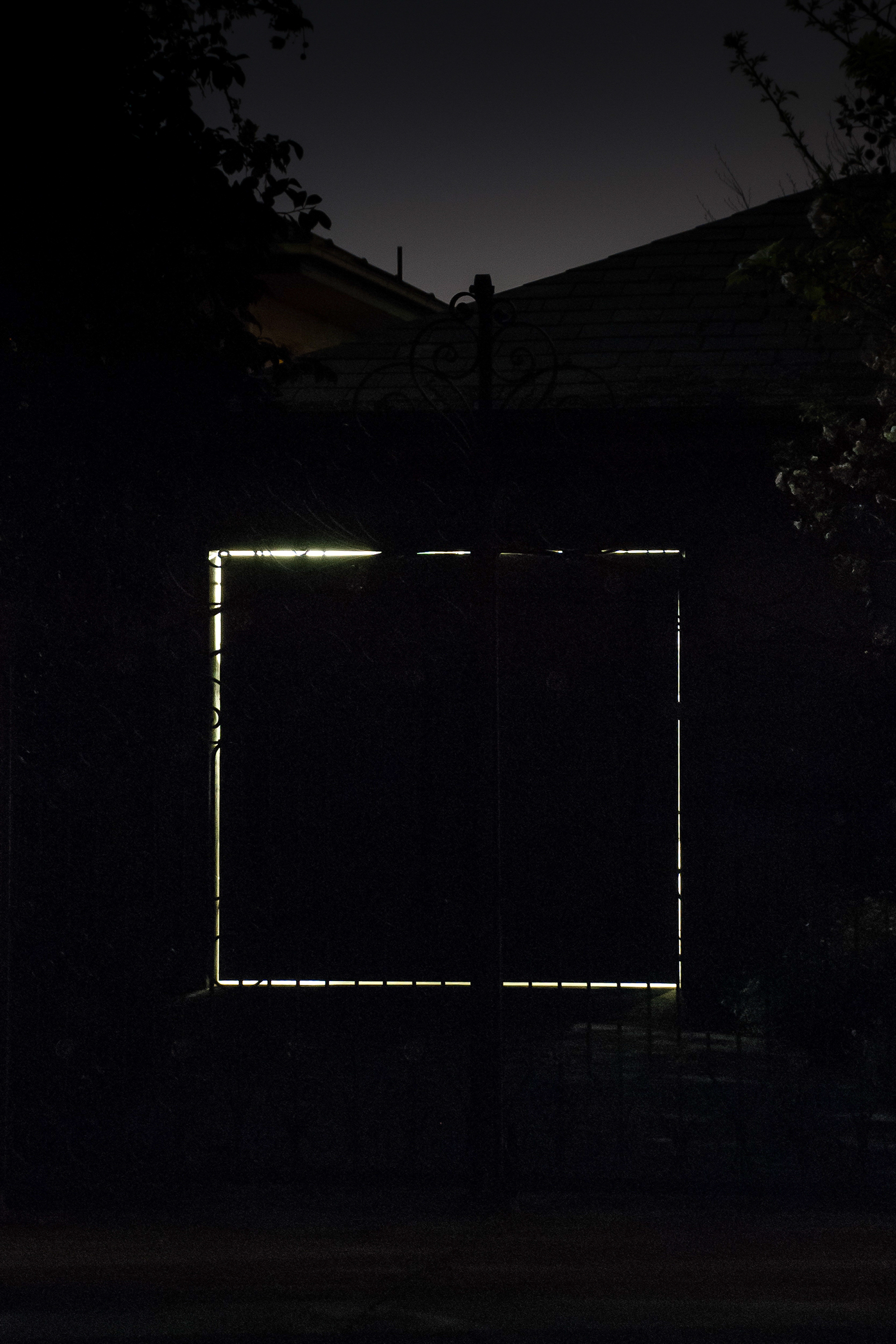
The Night Moods project has very much mirrored this process of offering up unexpected rewards. The idea was conceived with the hope of exploring a longstanding interest from a different angle, combining my own love for night photography with a desire to see through the eyes of others who share my fascination with the world after dark, where everything seems to come alive.
I hoped to create a space for a broad expression of this sometimes overlooked photographic practice, an opportunity to celebrate work that can seem a little peripheral to the photographic mainstream, and the artists who create it, while showcasing the range of possibilities of low light photography.
I hope Night Moods has achieved this aim at the very least.
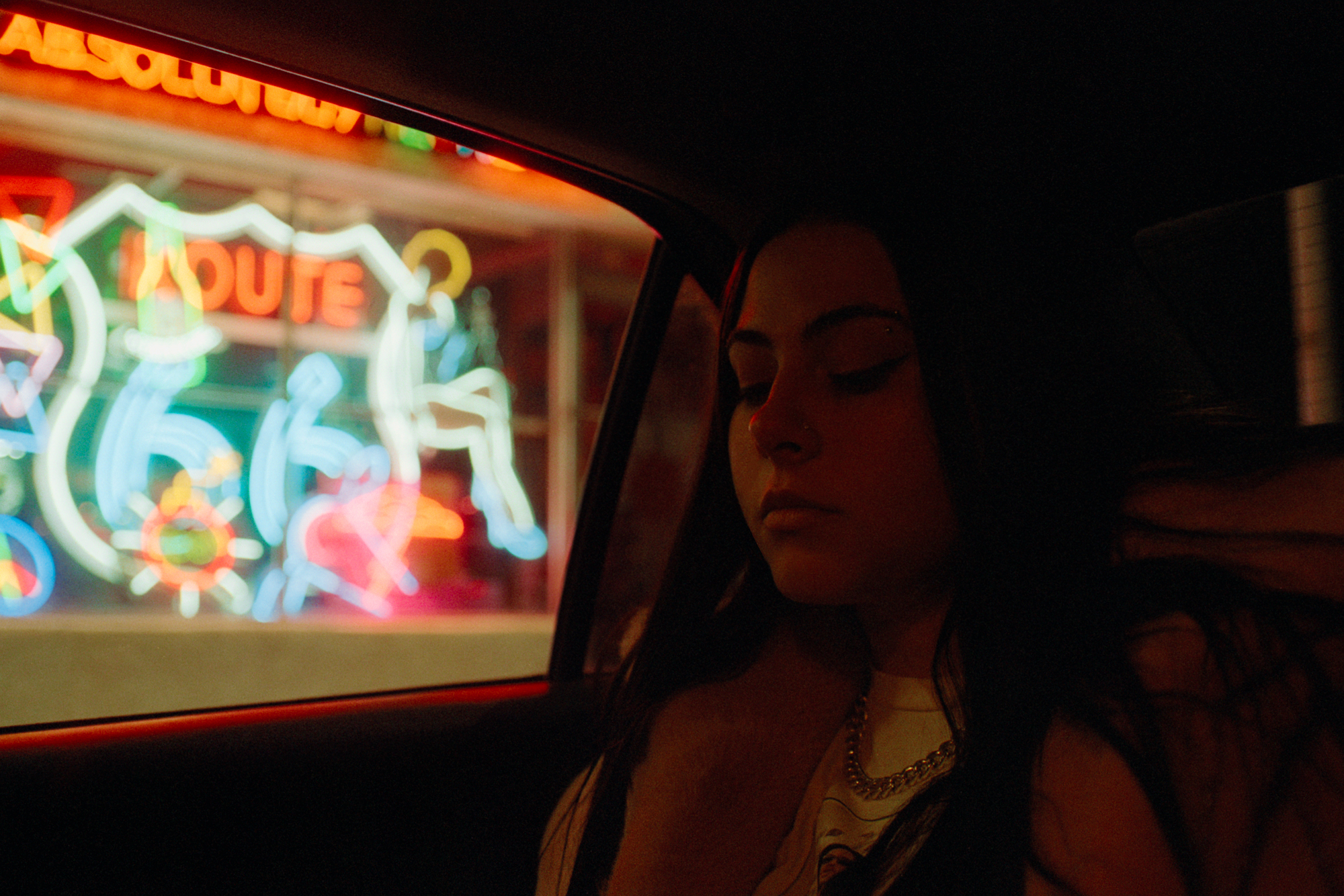
The number of submissions we received was really gratifying, and a testament to the many people out there who were willing to engage with the theme of the project. The incredible quality of the work submitted made it even harder to deny entry to some very worthy images that may have also merited inclusion in the final selection.
The intention of Night Moods was to put together a collection of images that evoked the ambiguities and curiosities of the night, while recognising that for many the night also carries a certain menace, which itself can be an interesting visual theme to explore. To represent as wide a range of ‘moods’ as possible in the final exhibition was the aim, but of course this would be entirely dependent on the work submitted and so those early weeks were spent anxiously hoping that enough people would be interested enough to send work in, and that we would be able to do justice to the idea.
As someone who’s usually entirely focused on finding ways to bring my own visual ideas to life, a task that I can sometimes approach with an obsessive attention to the smallest details, it was a new challenge to be given someone else’s ingredients from which to prepare this recipe, and it’s been interesting to reflect on the different ways you relate to images as the curator versus as the photographer, and how much your own viewpoint should be allowed to steer the direction of a curatorial project. For example, does a curator produce a stronger exhibition by just selecting all of their favourite images, relying on the belief that they’re best placed to decide the relative merits of the pictures, or is the project in fact best served by taking a more elevated position, keeping the wider themes of the project always front of mind and working to bring together a selection of images that most faithfully elaborate on those themes?
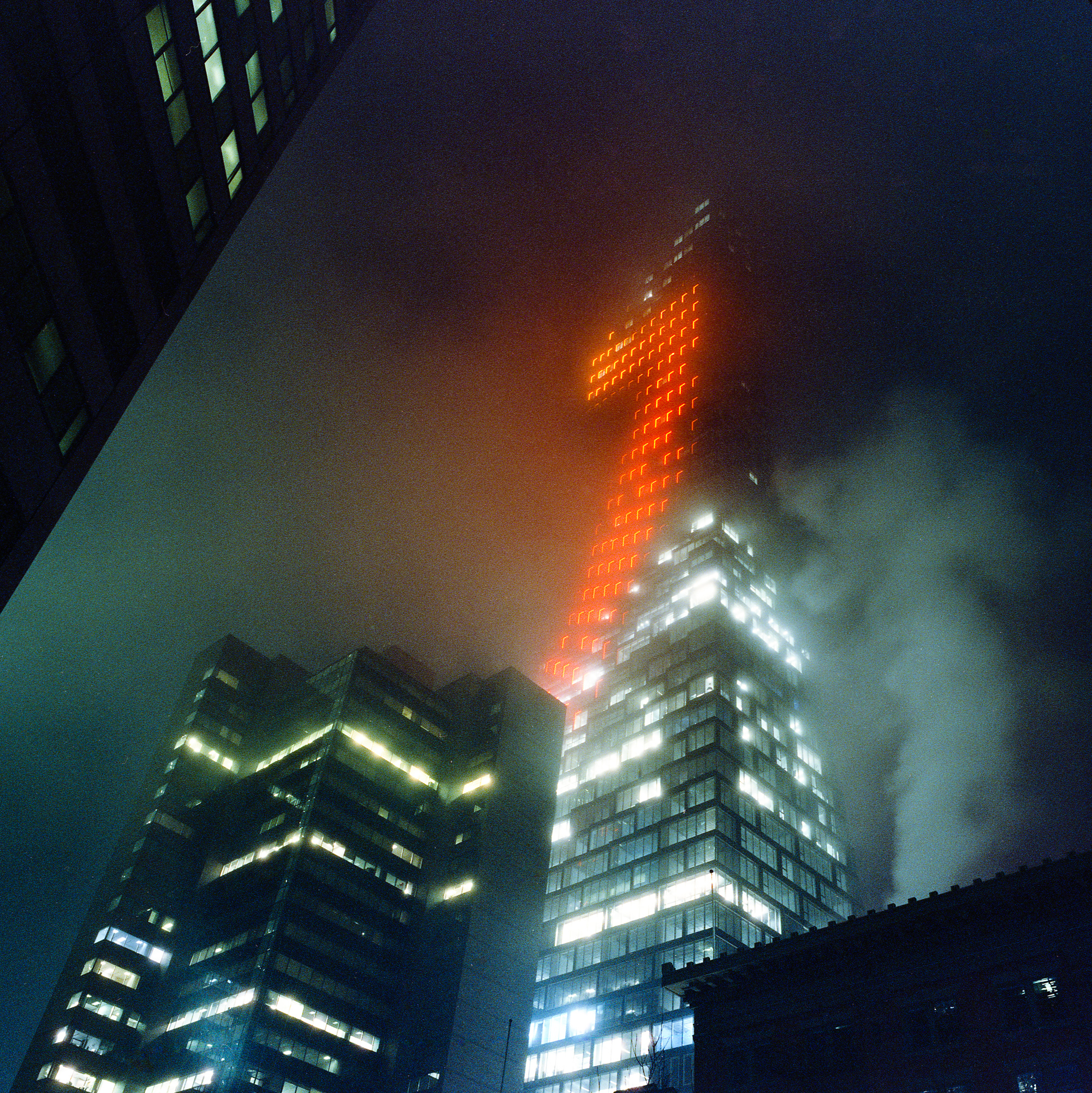
As the curator, your position relative to the image is in many ways more detached, less invested in the effort it took to get that particular shot for example, but it’s an undeniably powerful thing to be confronted by an image produced by someone else that seems to perfectly mirror what you see in your mind’s eye, almost like it was drawn using tracing paper placed on top of your head! In the latter instance, it can be hard to maintain that objectivity and stay focused on the needs of the project as a whole.
My conclusion is that the responsibility of the curator is to the idea and not to the individual image, such that selecting only your faves would be to fail in your duty to properly ‘care’ for the work, a duty so intrinsic that it’s found in the etymology of the word ‘curator’.
The privilege of seeing photography from the position of neither the producer nor the audience member, for the first time, was an unexpected benefit of the project for me. From this advantageous viewpoint there are insights to be gained into how a practitioner might make more effective work, as well as how an audience might best receive it.
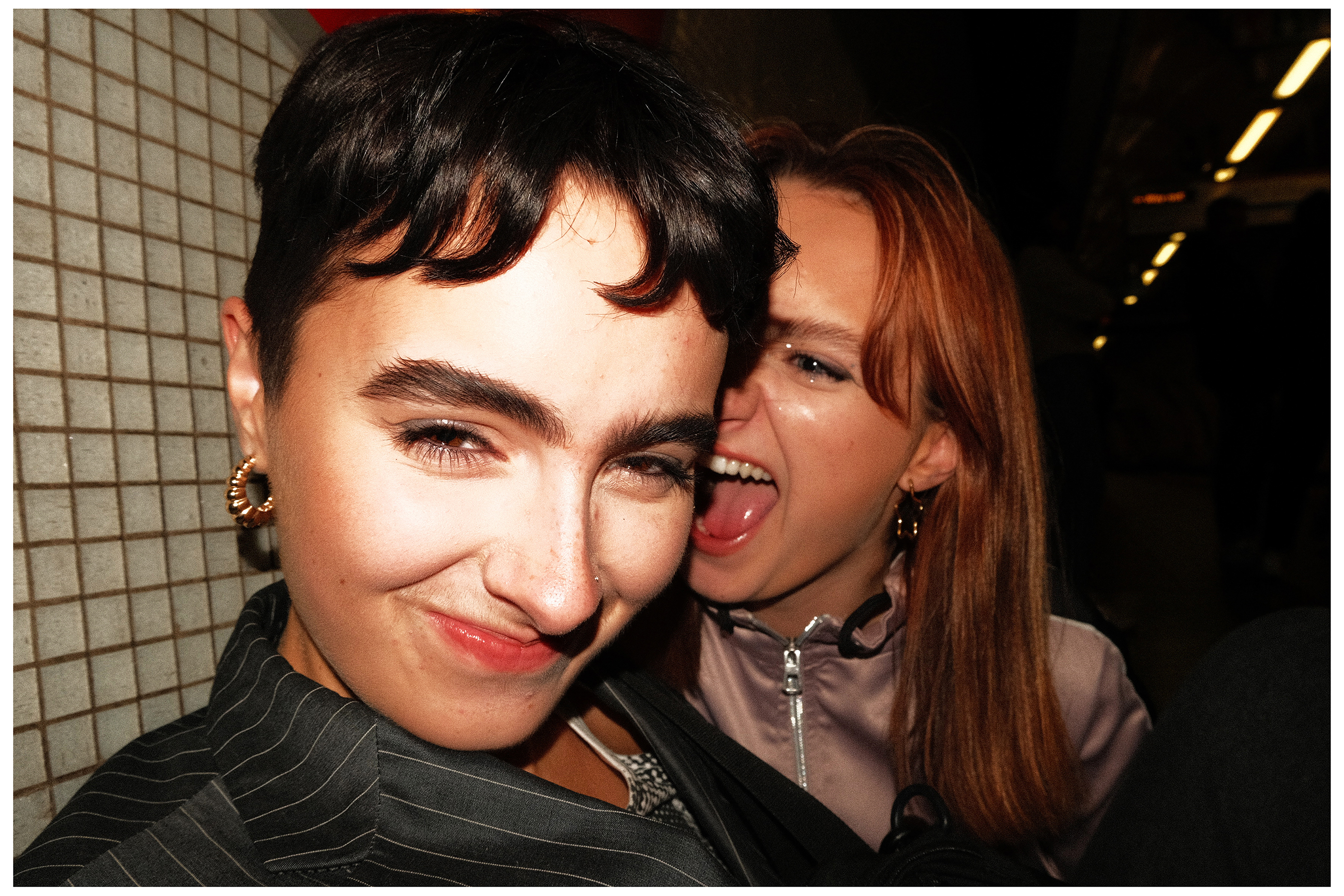
Another unexpected pleasure of putting this project together has been the reminder of one of the great truisms of creative practice I think: that you’re not alone, even when you suspect you might be.
Artists are often lost in their own constructed worlds, thoroughly committed to their own creative impulses, from where it’s easy to convince yourself that you’re the only person who gets excited about making pictures in dark alleyways, or who’s fascinated by the rich colours that can be captured by a camera at night, or whatever else.
But it’s not true…though we of course all have a singular way of seeing the world, it can be heartening to know that many others out there share your interest, however niche you assumed it to be. The world is indeed full of future friends whom you are yet to meet.
Shutter Hub has always been rooted in the idea that photography should be fun, less stuffy and a collective of like-minded people in my experience, and so it was a particular pleasure to be able to gather real people together, in real life, to wander around making photographs in London at the Night Moods Meet Up in January. Attendees ranged from night-curious folk to seasoned veterans and it was a pleasure to be able to use the platform provided by this project to create the opportunity for new connections between future friends to be made.
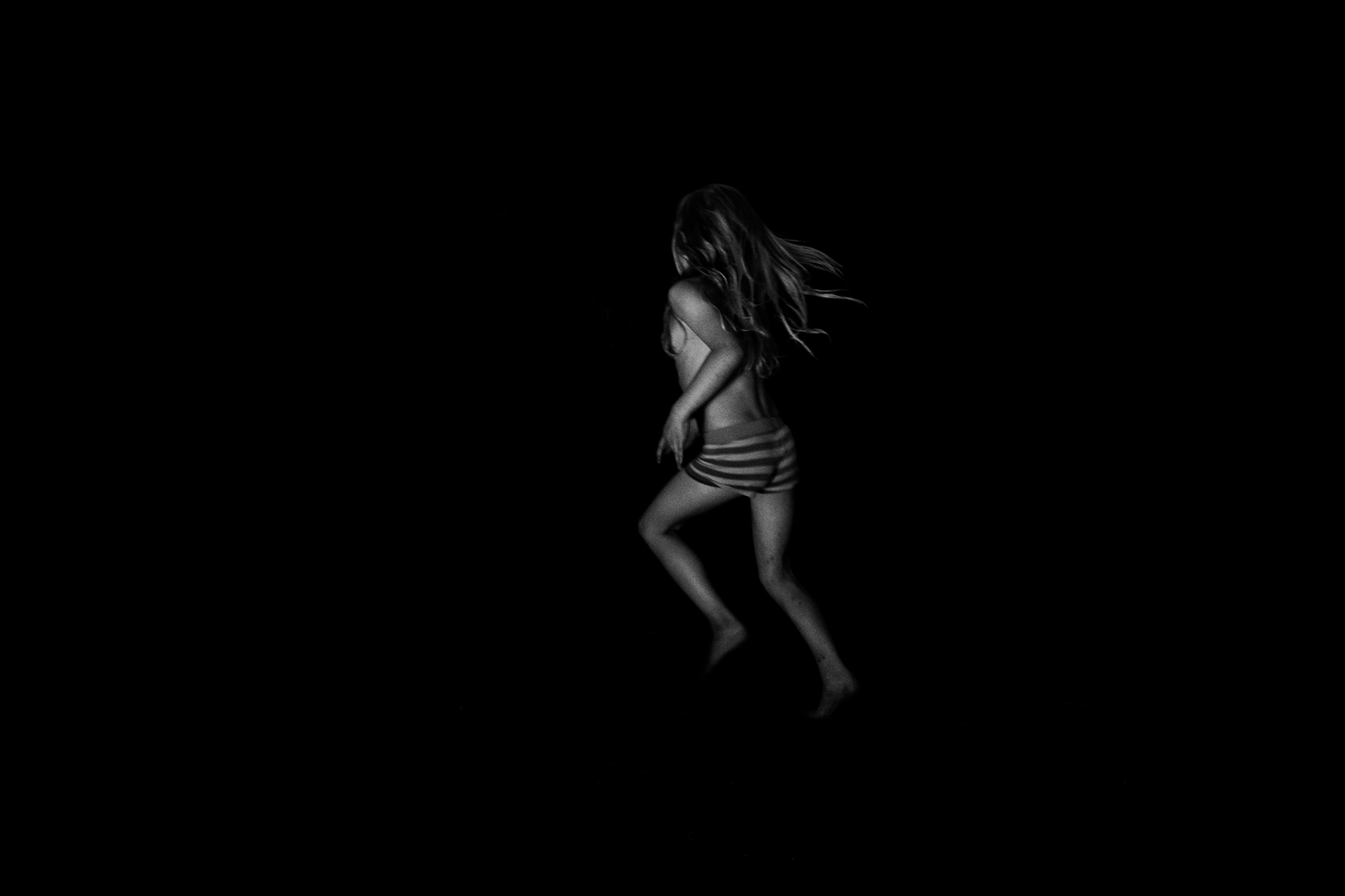
When the exhibition is finally launched and your little creation stumbles off into the light on its own for the first time, there’s a mixture of relief for a task finally completed, pride at seeing something that started as an idea in your head many months ago now existing in the real world, and some uncertainty…will anyone care, will anyone ‘get it’?
For me this was another unexpected outcome of this project – the sense of jeopardy felt much higher than when presenting my own personal work to the world. There’s a greater sense of responsibility in ensuring that the work of others has been properly held, valued and presented than when putting your own work out there and the reasons around this are complex I think.
When you’ve made the work yourself and decided to show it, you can let it go confident in the knowledge that it’s able to speak for itself wherever it may end up. You’ve raised your babies in the way you felt best and now it’s time to let them face the world by themselves. But when caring for the work of others, it’s almost like you’re responsible for babysitting 150 of someone else’s kids, and what if some of them have allergies!
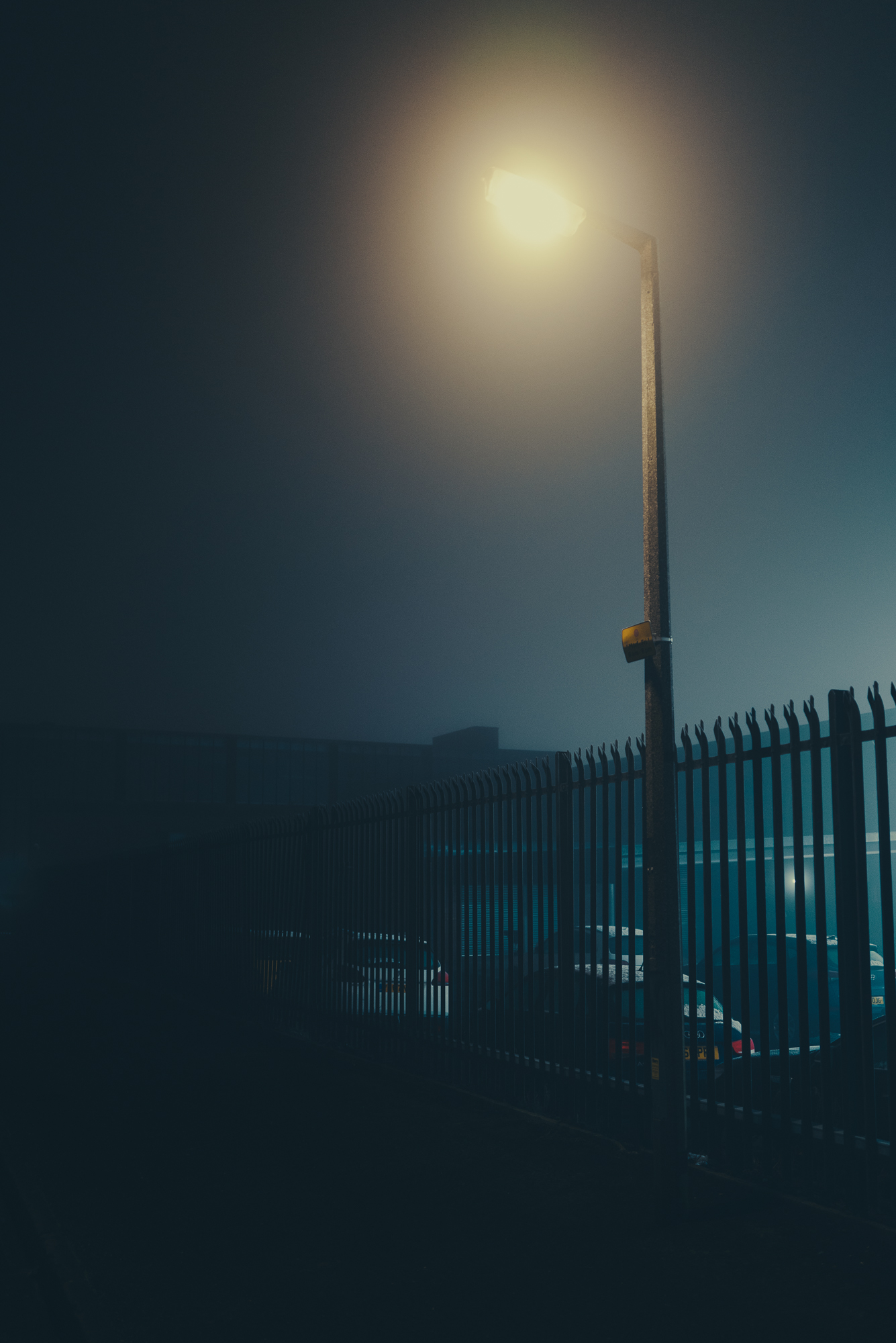
To receive positive feedback about the final show then, and to realise with much relief that all the kids made it, has been great! Being able to engage with many of the exhibiting artists and have the opportunity to learn new details about some of the images on show, how they came to be made and the inspirations behind them, has really enriched the experience for me. I hope people will continue to engage with these images, enjoy the work and hopefully be inspired to make their own. I’ve certainly rediscovered my own love for night photography through this process and am looking forward to seeing how this project influences the way I make work in the future.
I’m excited to see what future Curate for the Community projects will look like. It really is an opportunity to create something meaningful, with the incredible support of the Shutter Hub team making the magic happen the possibilities are (almost) endless. Hopefully there are many more successful projects to follow and many creative discoveries to be made along the way.
View the NIGHT MOODS Exhibition here.
Have you got an idea for an exhibition that you’d like to pursue and produce, but haven’t had the platform, resources or connections to make it a reality? Would you like Shutter Hub’s support in helping you make it happen? Find out more and submit your proposal here.
Got any questions? Email us at info@shutterhub.org.uk
Subscribe to our mailing list for all our photography news and opportunities, direct to your inbox.
Not a Shutter Hub member yet? Join here to access exclusive member benefits including portfolio reviews, project grants, meet ups, commissions, exhibition and other selected opportunities, and to be part of our community!
